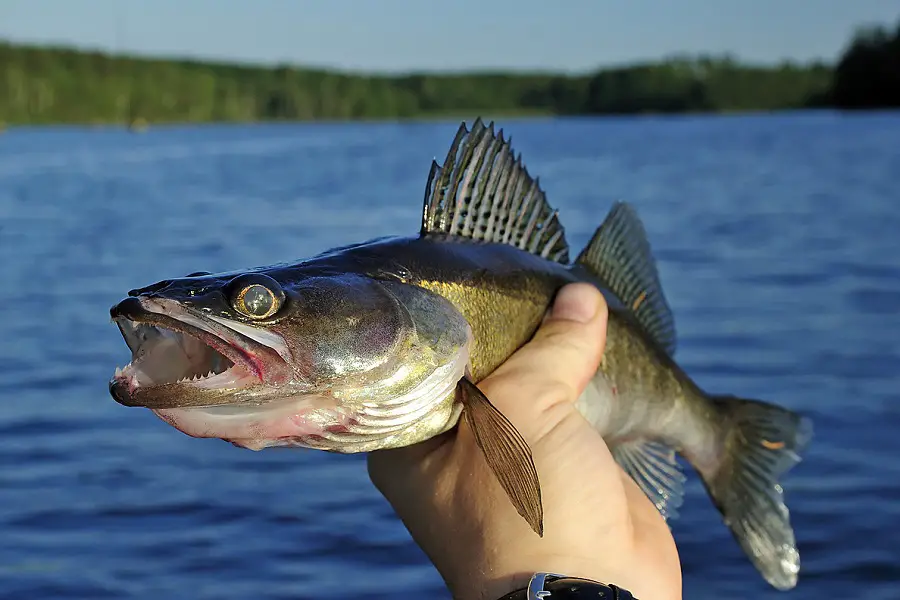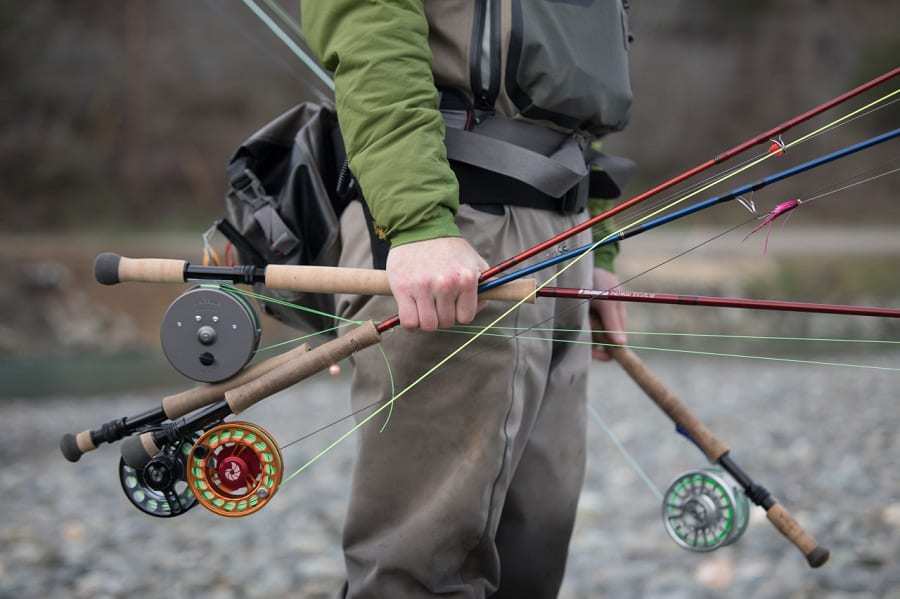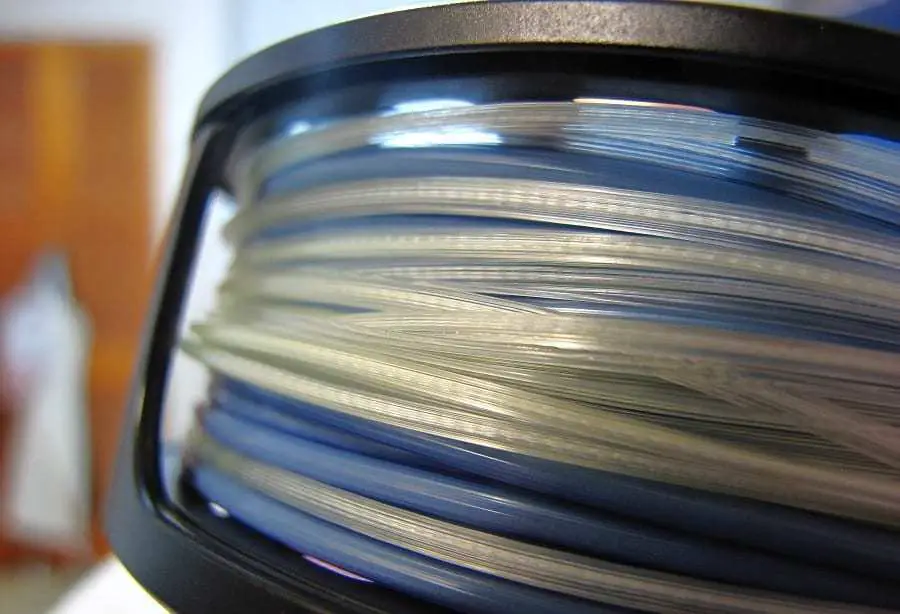(Facts about the Walleye Fish and their teeth, with everything you need to know when fishing for them!)
Walleye fish are very popular amongst anglers, especially for those that like fishing through the ice during the winter season.
And if you have ever heard of Walleye fish, you will have likely heard mention of their teeth. But…why is this? Do they have especially sharp and dangerous teeth? Are they dangerous?
Well, Walleye fish are carnivorous, and as such, they indeed have rows of long canine teeth, which impressively protrude from the upper and lower jaws.
So there is no doubt whatsoever that they have teeth, and they tend to look quite sharp!
The purpose of these teeth is so that the Walleye fish can grab live prey fish when hunting so that they don’t get away.
However, despite looking dangerously sharp, the teeth of a Walleye fish are actually quite rounded at the tip, and are not as sharp as the teeth of a pike, for example.
So as a general rule, Walleye teeth are not a big threat to us humans, or to our fishing lines.
Nevertheless, we will tell you everything you need to know about them, so that you’re not left wondering about it. Let’s get right into it!
Some facts on Walleye teeth
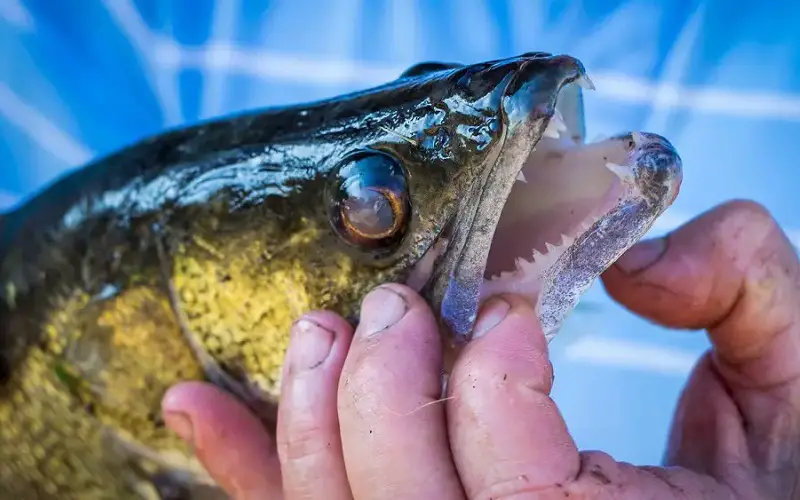
To get you started on Walleye teeth, here are some basic and important facts that you should be aware of:
- On average, Walleye fish have between 30 and 40 canine teeth, but this depends on the size of the fish, so some can have even more!
- The long canine teeth of a Walley can measure around half an inch in length!
- Walleye have a group of prominent teeth at the front end of the mouth, used to grab smaller fish when they are hunting!
- Walleye fish, just like other vertebrates, have enamel and dentine parts. They can also continuously renew them, so they can shed their teeth and regrow them, kind of like sharks!
- Walleye fish have shorter teeth in between the long canine teeth, with even smaller ones inside the mouth cavity and on the surface of the gill rakers. That’s a lot of teeth!
- Walleye fish will swallow their prey head first, so depending on how they grab their prey, they will have to turn it around, and their teeth keep the prey from escaping or moving while they do this!
Do Walleye fish have very sharp teeth?
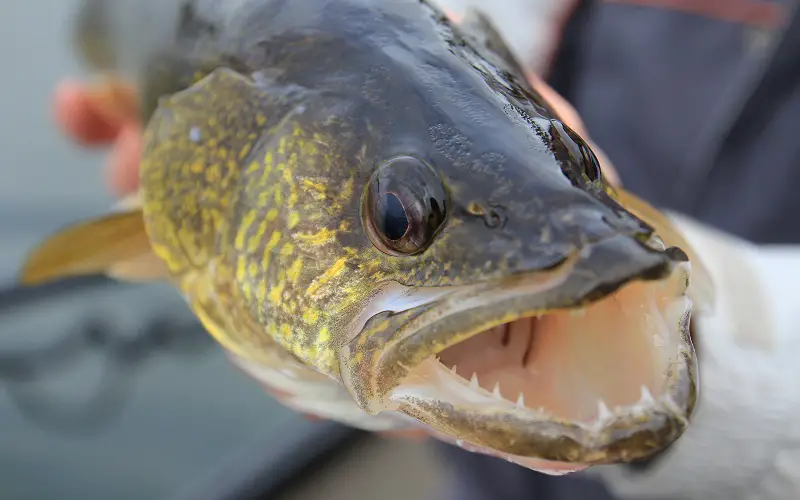
Teeth are a very prominent part of the Walleye fish, as they have plenty of them, and they can look rather threatening when protruding out of their mouth. But…are these teeth actually all that sharp?
Well, taking into consideration that Walleye fish use their teeth to grab onto their prey so that they can’t move or escape while the Walleye turn them around to swallow them headfirst…it’s safe to say that the teeth are definitely sharp.
However, they are not as razor-sharp as those of a pike, as Walleye teeth have a slightly rounded top. So they are very sharp, but not razor sharp to a highly dangerous level if that makes sense.
This means that there is a lot less risk when fishing for Walleye, and anglers are not likely to get bitten or hurt by them, as the teeth will not be all that dangerous, despite still being sharp.
That being said, if you stick your hand inside a Walleye’s mouth it will definitely hurt. They are sharp. Just not sharp enough to accidentally hurt you, you know?
What we will say, which is a good fact for you to know, is that smaller Walleye fish have sharper teeth than bigger Walleye fish!
This is because they are narrower, with sharper teeth. So smaller Walleye are generally more dangerous than the big ones!
Will Walleye teeth cut the line?
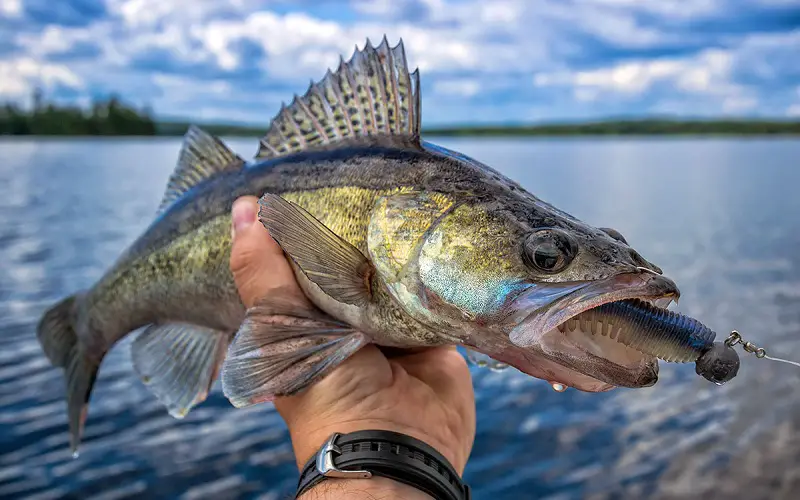
When fish have sharp teeth, one of the biggest worries for anglers is that they will be able to cut the fishing line and escape. In fact, when anglers fish for species with sharp teeth, they will often use a metal leader.
However, the teeth of a Walleye have a more rounded point, and as a general rule, they are not able to cut through a fishing line at all, so there is no worry of them doing so.
You should use a normal fishing line as you would with any other fish with non-sharp teeth.
Some are tempted to use a metal leader with Walleye, just in case. But take it from us, don’t do this! Using a metal leader when you fish for Walleye will actually put you at a disadvantage, and will decrease your chances of success.
Walleye have very good eyesight, and they’re also finicky, so the metal leader will “warn them” and they won’t bite as much. Instead, we recommend using a fluorocarbon leader, as it is barely visible in the water, and therefore won’t affect your chances of success with them.
Can a Walleye bite you?
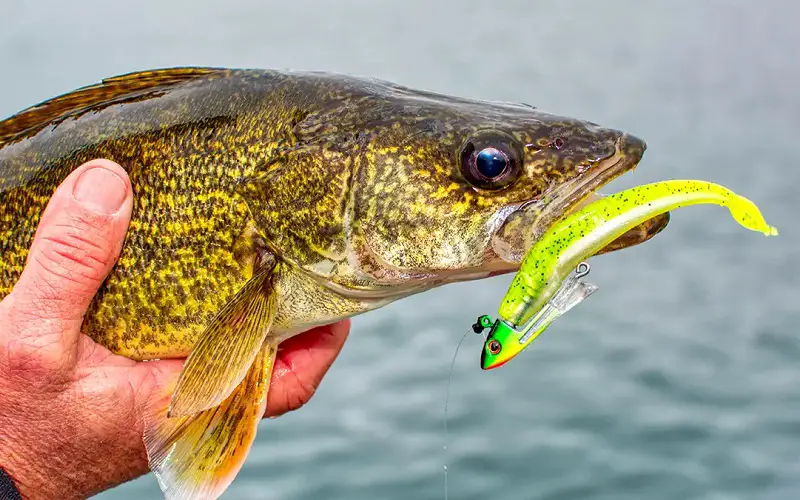
You should always be careful with fish, especially when handling them. But with a Walleye, you might also have the worry and fear of getting bitten, you know, because of the prominent teeth for which they are known!
The food news is that Walleye fish don’t usually intentionally bite, so there is a very low chance of you ever getting bitten by a Walleye fish.
However, if you stick your hand in their mouth, or near enough, then you might definitely get bitten, and it will hurt!
Sometimes, you need to get inside the mouth of the fish, so that you can properly remove the hook after catching them. Especially if you’re using live bait!
But…if you put your hand inside a Walleye’s mouth, you might get bitten, and those teeth look kind of scary. So what do you do?
Our advice: do not put your hands inside a Walleye mouth. Seriously. We know we said that their teeth have a rounded tip, but they will still really hurt. So don’t risk it.
Instead, if you need to remove the hook, use a set of fishing pliers, ones that are long enough to reach the back of the mouth without you having to insert your hand.
Plus, sometimes you can simply reach the hook through the gill slits, so you completely avoid the mouth.
Nevertheless, sometimes you just get bitten. It’s the life of an angler, after all, it’s always a small risk you take. So what do you do if you get bitten by a Walleye fish?
The first thing you should do is to immediately clean and disinfect the wound so that you don’t get infected.
Use plenty of clean water and soap or any other disinfectant product. (Yes, this will probably sting).
Usually, this will be enough. But if you notice a lot of pain or a worsening in the wound, you might end up needing antibiotics! It’s always good to go to your doctor, just to be on the safe side.
How to hold a Walleye fish safely
When you are handling a Walleye fish, the first rule is to avoid the teeth, so that you don’t get bitten or accidentally hurt by them.
In order to do this, you have to make sure you are holding the Walleye correctly, in a safe manner. And we’re going to tell you exactly how you’re supposed to hold one!
The best method is to insert your fingers under the bottom of the gill cover. Then, you slide your fingers forward, until you’re at the V-shaped section at the front of the Walleye, and then you can pull them up to grab them safely!
This allows you to completely avoid the mouth so that there is no risk of getting bitten by those teeth.
Once you pull the Walleye fish out of the water, you need to use the other hand in order to support the weight of the fish, by placing it under the belly. (While you’re at it, you can pose for a photo, in true angler fashion!)
A point to note: if you’re planning on releasing the Walleye back into the water, make sure to not insert your fingers too far up under the gills, as it is a very sensitive area for them and might cause harm!
Alternatively, if you truly want to avoid the risk of getting bitten or hurt, you could simply use a landing net! No direct contact, and also it doesn’t damage the Walleye at all! (But not great for posing).
References:


